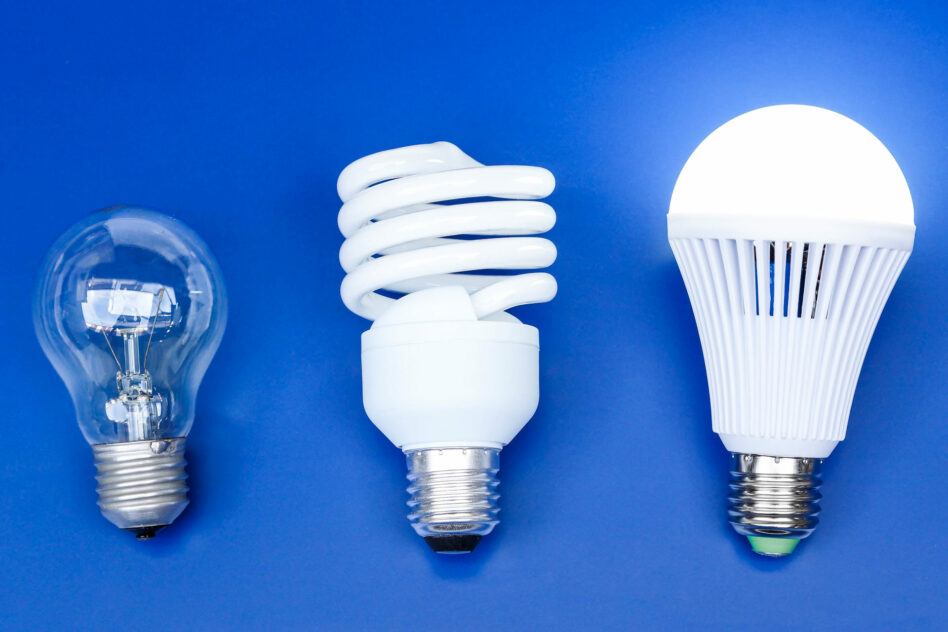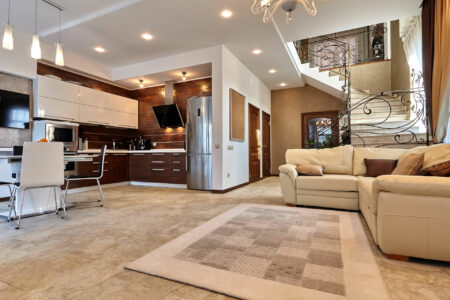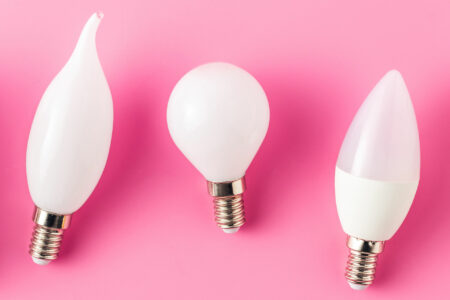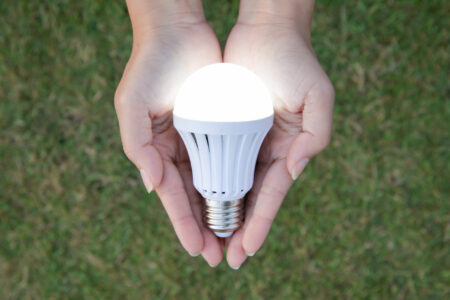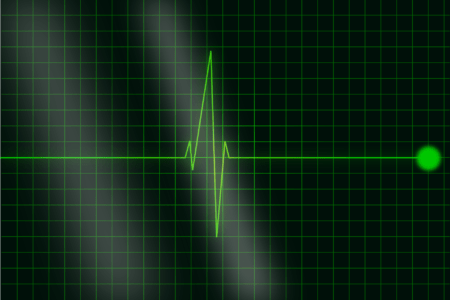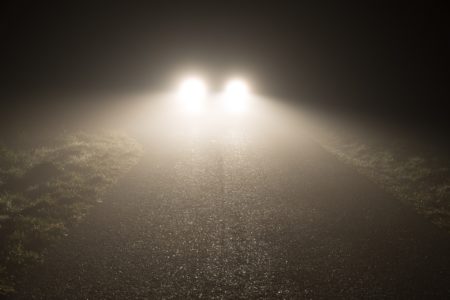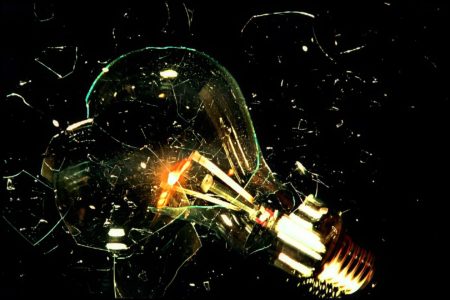Technological evolution dictates that we leave behind conventional light incandescent bulbs. Nowadays, there are more efficient and even cheaper options like CFL and LED bulbs. What’s the difference? Which type should you choose? Why should you concern yourself? We’ll cover that in this article, so keep on reading.
What Is the Most Energy Efficient Light Bulb?
Energy-efficient light bulbs last a lot longer than traditional ones. They can last up to 12 times as long. They also consume less electricity to provide you with the same amount of light.
Not only does this save energy and money, but it also reduces carbon footprint.
What are your options? Let’s explore them.
Halogen Light Bulbs
Halogen light bulbs come with the same old filament as a traditional incandescent one. However, they operate at much higher temperatures.
They’re more efficient thanks to this tweak, but they best suit spotlight fittings.
It’s worth mentioning that some of the halogen light bulbs are still not as efficient. There are newer alternatives that use even less electricity.
Halogen bulbs, like the incandescent options, are being taken off the market gradually. There’s an effort to only leave room for more improved options.
How It Works
The electric current travels up the socket and into the tungsten filament of a halogen lamp. This process is the same as the one in traditional bulbs.
When the filament heats, it results in glowing and incandescence.
What differentiates it from the traditional bulb is that the filament comes in a quartz capsule. The capsule comes with halogen inside too.
When the current burns particles off the tungsten, the halogen—consisting of bromine and iodine—pushes them back onto it.
As a result, the halogen cycle repeats and you get consistent illumination.
Best Halogen Light Bulb
The Sylvania 60-Watt equivalent dimmable bulb, and that’s because of the following:
- Has 100 CRI to give you a rich and accurate color
- Mercury-free
- Doesn’t take long to reach full brightness
- Has a lifespan of 2,000 hours
- Dimmable so you can control brightness
Fluorescent Bulbs
We can consider fluorescent bulbs to be the first real energy-efficient bulbs out there. Compared to traditional options, they use 70% or even up to 80% less electricity.
Not only that, but they also last around 10 times longer.
They can either come in compact shapes called compact fluorescent lamps or linear fluorescent lamps (LFLs).
LFLs are usually meant for office or industrial setups. They light up faster than a conventional strip light. Besides, they have better quality light.
The element that makes fluorescent bulbs so great is that they produce tiny amounts of heat. Typically, any heat that a bulb produces is wasteful, as it’s energy that could have otherwise emitted light.
For this reason, fluorescent bulbs are so energy-efficient. Yet, they don’t last as long as LEDs do.
How It Works
Fluorescent bulbs come with a glass tube that’s filled with mercury vapor. The charge coming from the electrical current excites the mercury vapor, generating UV light.
The UV light targets a phosphor lining in the tube. In turn, the phosphor produces visible light.
The whole process results in a huge amount of light output compared to the low heat levels.
Best Fluorescent Light Bulb
The EcoSmart Spiral, and that’s because of the following:
- Has a lifespan of 10,000 hours
- Rated for 800 lumens and 5,000K color, which is similar to daylight
- Omnidirectional
Light-Emitting Diodes (LEDs) Bulbs
Further technological improvement has given us even more energy-efficient LED bulbs. Unlike CFLs, they don’t need any time to reach their full brightness.
They’re also convenient as they work just fine with any fitting. They’re the most energy-efficient choice, and they even last twice as long as fluorescent bulbs do.
How It Works
LEDs are a lot different than incandescent, halogen, and fluorescent bulbs. LED bulbs send an electrical charge through a solid material.
As a result, electrons are excited and move quickly through the material, producing light. The process minimizes heat, reducing electricity waste.
Best LED Light Bulb
The Philips LED Frosted A19, and that’s because of the following:
- Soft, white light with 800 lumens
- 80 CRI that gives you crisp yet ambient lighting
- Mercury-free
- Has a lifespan of 15,000 hours
- Comes with a warranty (3 years for the 16-pack option)
What’s So Inefficient about Incandescent Bulbs?
Incandescent bulbs produce energy in the form of both light and heat. The electrical current heats the tungsten filament, and then it emits light.
However, the tungsten molecules evaporate with time. Consequently, this makes the filament thinner and thinner. Once it becomes too thin, it blows and leaves you needing a replacement.
The brighter an incandescent bulb is, the more inefficient it is, as it would be using up more heat.
Incandescent bulbs use more heat to produce the same amount of light—especially when compared to other alternatives like halogen, fluorescent, and LED bulbs.
This brings us to the point of why we need energy-efficient bulbs, so let’s look at the most suitable choices.
How to Select the Right Light Bulb for Me?
With all the options on the market for each type of light bulb, how can you decide which one to choose? Here are a couple of aspects you can consider.
Purpose
Depending on what you need out of your bulb, you can opt for the most suitable choice for you. If you’re looking for general lighting purposes, CFL and LED lights are your best bets. They can also work well for outdoor lighting.
On the other hand, only LEDs would be good for spotlighting or crystal chandeliers. They’re good for dimmable lighting as well as B-rated halogen bulbs.
Lumen Value
The lumen value indicates the brightness of the bulb. You can refer to watts to indicate the lumen value of traditional bulbs. Nonetheless, it makes more sense to consider the lumen output with energy-efficient ones.
| Watts (Traditional bulbs) | LED / CFL Lumen Equivalent |
| 15 watts | 140 lumens |
| 25 watts | 250 lumens |
| 40 watts | 470 lumens |
| 60 watts | 800 lumens |
| 75 watts | 1,050 lumens |
| 100 watts | 1,520 lumens |
Size and Shape
The size and shape of your light bulb have both aesthetic and functional benefits. The options you have are as follows:
- Standard (A): The most common type for everyday household use.
- Straight-sided (S): Straight-sided bulbs are interchangeable with standard bulbs. They have a round shape that’s rather short.
- Globe (G): A round and full shape that’s typically used for kitchens, bathrooms, ornaments, and foyer lights.
- Tubular (T): Tubular bulbs have an oblong shape. Halogen variants typically come with double-ended pins.
- Bullet (B), Flare (F), Candle (C): These best suit chandeliers, ornamental lighting, night lights, and low-lumen uses. They look like holiday lamps and can be referred to as Candelabra bulbs.
- Tear (ST): If you’re looking for a taste of a decorative aesthetic, the tear, or Classic Edison shape, would be the best for you.
- Reflector (R): If you’re looking for outdoor lighting, you can use a reflector bulb, especially for vaulted or high ceilings. They come with a coating that resembles a mirror inside of the glass, which works on enhancing output.
Output Color
You can get any color with energy-efficient light bulbs as you would with traditional ones.
If you’re looking for general household lighting to provide cozy illumination, you can opt for warm white or soft white options.
On the other hand, pure white light is more suitable for offices or areas where you need sharp vision.
To understand how a bulb will produce a certain color, you can check the color rendering index (CRI) next to the lumen value on the packaging.
Bear in mind that if two bulbs have the same color, the one with the higher CRI will show the colors more precisely.
For regular household tasks, a CRI of 80 or higher would be suitable.
Smart LED Bulbs
You might consider smart LED bulbs. They’re a good option if you want to control your light remotely through the smartphone app.
Nonetheless, if the need isn’t so dire, they might not be the smarter choice. The main reason is that certain smart LED bulbs draw a tremendous amount of energy when they’re on standby.
This makes them almost as inefficient as conventional bulbs. That’s not to say smart LED bulbs don’t have benefits—which include:
- Remote control of the bulbs
- Controlling brightness (lumens)
- Adjusting color temperature or changing bulb color
- Convenience and ease of use
FAQs
How Can I Check if a Light Bulb Is Energy-efficient?
Check the packaging of the bulb for the ENERGY STAR® seal. Once you find it, you can rest assured that the bulb is energy-efficient. That’s because it’s gotten the approval of the Environmental Protection Agency.
Are Fluorescent Bulbs Harmful?
Fluorescent bulbs aren’t harmful, per se. Yet, they can expose you to chemicals like mercury and phosphor if they break. More specifically, when the tube that encapsulates the gas breaks, you’re in jeopardy.
Although the risk isn’t so high, LEDs do feel safer in comparison.
